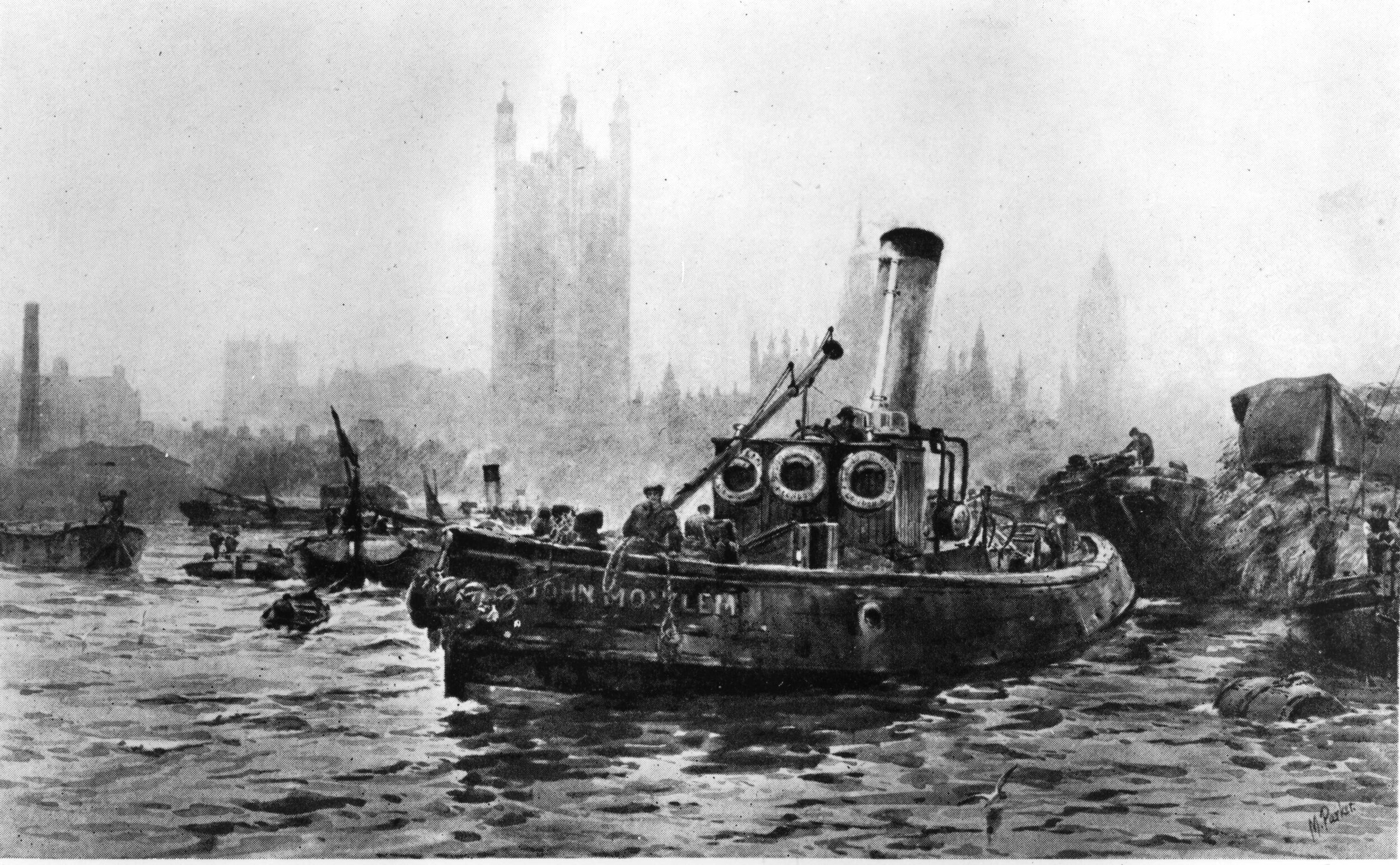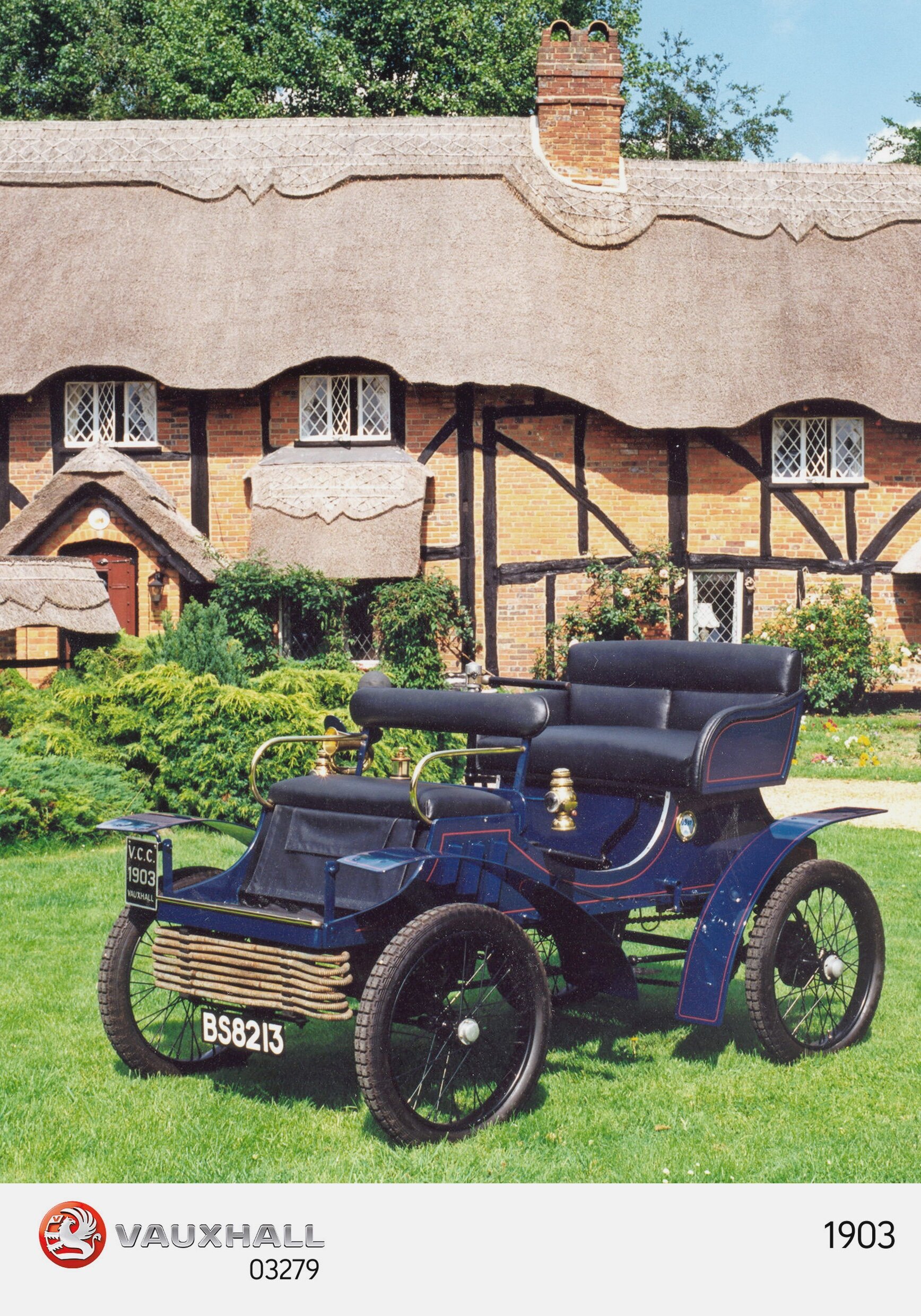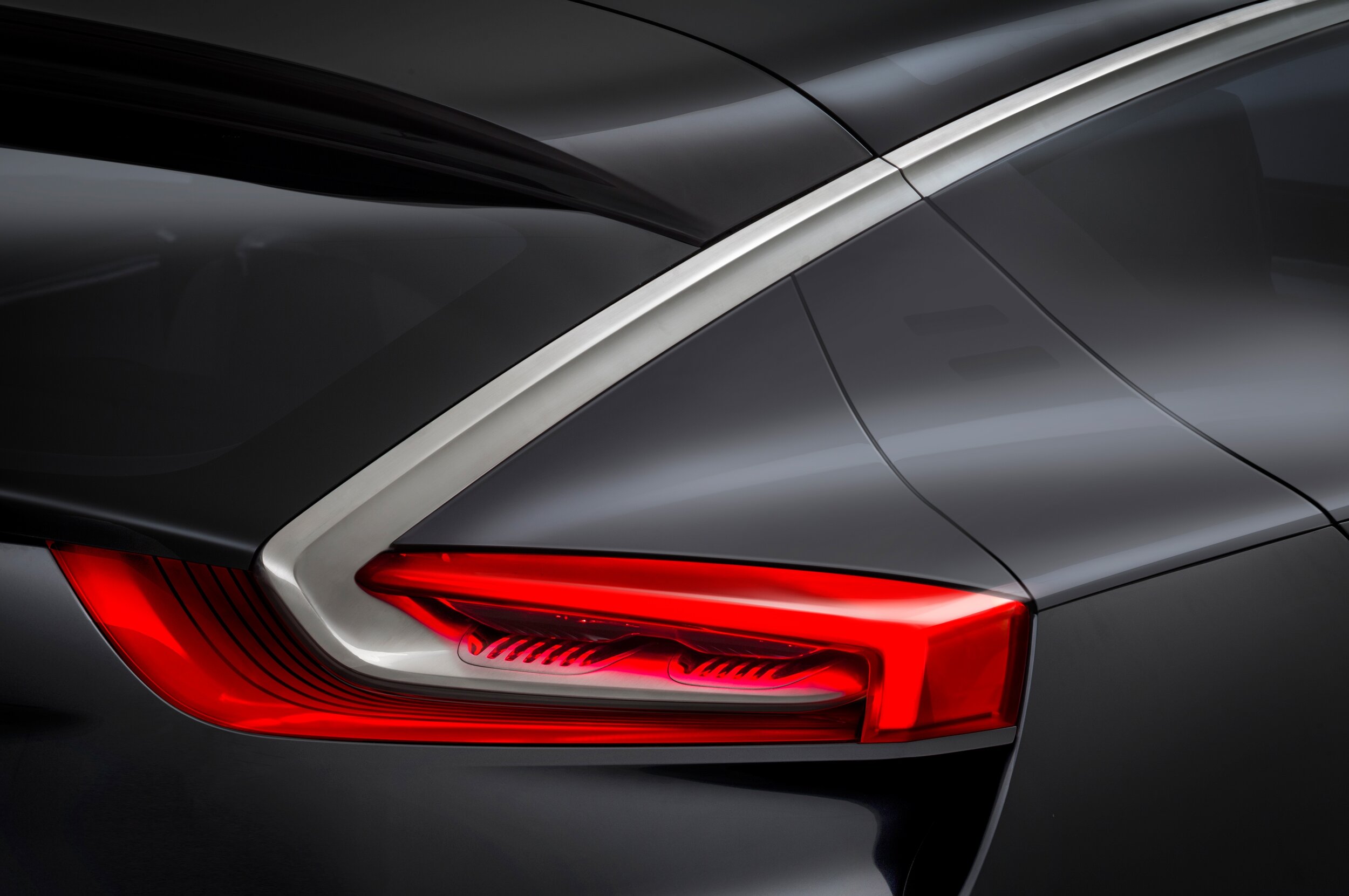Mainline Moscow: Picture Russian Railways
Moscow railway stations carry the name of an English middle-class car and a London district by the Thames. Vauxhall went into French (Wauxhall), Dutch, Swedish, German and Danish to mean pleasure garden. It endured in Russian as Vokzal (Вокзал), a generic term for railway stations so the city has Moskovsky Vokzal, Vitebsky Vokzal, Finlyandskiy Vokzal and Ladozhskiy Vokzal. At the junction of Nevsky Prospekt and Ligovsky Prospekt, Moscow Vokzal is the oldest and busiest. Vitebsk Vokzal is a historic terminus for trains to Belarus, Ukraine, Moldova and the Baltic States. In 1917 Lenin steamed into Finland Vokzal from Helsinki. Ladoga Vokzal is the newest.
Vauxhall was always more than a car. A London district since the Middle Ages it had, by the 21st century, entered British industrial and social history. For more than a century the name was applied to horseless carriages, limousines for Edwardian royalty and aristocracy as well as a dynasty of sports cars. Vauxhalls carried staff officers to the Great War and spanned distinctions of class and wealth after it. Joining General Motors in 1925 transformed it from a purveyor to the nobility and gentry, to a mass market manufacturer claiming a little piously, “Quality is a right, not a privilege”.
Vauxhall became subject to loose language and a casual disregard for spelling. In the 12th century, up-river from Westminster, it owed title to the unpopular Plantagenet King John (1167-1216), of Magna Carta. The miscreant monarch granted a Manor to Fulk Le Bréant, an unwholesome Gascon mercenary, making him Sheriff of Oxford and Hertford. By way of thanks for serving as a royal fixer, the King issued a decree marrying Le Bréant to a rich heiress, Lady Margaret de Redvers. Widow of Baldwin de Redvers of the powerful Fitzgerold family, she had a nice house by the river in leafy Lambeth and when she married Le Bréant it became Fulk’s Hall, corrupted to Fawke’s Hall, Fox Hall and finally Vauxhall. Once young Henry III came to the throne and following an unsuccessful plot to seize the Tower of London, Le Bréant, along with many of John’s cronies, fell from favour, fled to France and died in penury. Fulk’s Hall was quite properly restored to the Fitzgerolds.
In 1661, not long before the Great Fire, inventor and leaseholder Sir Samuel Morland moved his popular playground Spring Gardens from Charing Cross to a pastoral setting a boat trip away, to Fulk’s old hall. Titled somewhat unimaginatively New Spring Gardens it was a posh sort of private, as opposed to public, park. Its rural charms aroused Samuel Pepys in his diary of 29 May the following year, and were patronised by Charles II and Nell Gwyn. Prospering for nearly two centuries in April 1749 Handel’s Music for the Royal Fireworks was played to a paying audience. The Rt Hon George Canning featured the Gardens in poetry, Fielding, Smollett and Dickens visited, William Makepeace Thackeray (1811-1863) described them in Vanity Fair and the Prince Regent liked to dine there. However, by the 19th century its new habitués, gamblers and ladies of the night, led to its decline. In 1836 Vauxhall was the starting point of English balloonist Charles Green’s flight to Weilburg Germany, an 18-hour trip of 480miles (772 kilometres), but the gardens’ rustic attractions were subsiding due to industrial growth. Matters came to a head in 1857 when Scottish engineer Alexander Wilson set up an iron works at 90-92 Wandsworth Road, by Vauxhall Junction railway station, now encroaching on the gardens. Wilson made refrigeration plant, boilers, Excelsior Steam Pumps and had an Admiralty contract for high-pressure engines in naval pinnaces. He also turned out compound twin and triple steam expansion engines for Thames river vessels plying between Westminster and Hampton Court.
Thames tug. Vauxhall engines.
The area became absorbed into the sprawling cityscape of Greater London, and industrial smoke and grime from the railway and Wilson’s works finally did for the gardens, which closed in July 1859.
Wilson’s enterprise survived until 1894 before facing financial collapse. The proprietor proved an indifferent businessman so a receiver John Henry (Jack) Chambers was called in and Wilson went off to become a consulting engineer. With a workforce of 150 the firm became The Vauxhall Ironworks Company Ltd.
Following reorganisation at the turn of the century, one of its brighter apprentice marine engineers, Frederick William Hodges, suggested making cars. To find out how, the management bought one, probably a Canstatt-Daimler, and built two belt-driven replicas. Hodges tried out different sorts of engines, some ambitious with opposed pistons, which he tried out on his boat Jabberwock, and it was 1902 before he and J H Chambers, the 1896 receiver, accomplished the first production Vauxhall vehicle. Harry Pratt, who bored-out the cylinder of the first engine, remained with Vauxhall his entire working life, retired in 1946 and died in 1964 aged 93. Produced in the spring of 1903, Harry Pratt’s car began a lineage that was to become Britain’s longest-established motor manufacturer.
Chambers drew up a second car, then resigned in 1904, taking his expertise back to Belfast and the family business, engineers, millwrights with a sideline in bottling machinery. At 15-23 Cuba Street he made a car like the Vauxhall, which sold well with a Northern Irish market pretty much to itself. Chambers’ factory moved to bigger premises in 1914 at 126 University Street, and the Vauxhall design remained the basis for vehicles made until 1927, making Chambers' company the longest-surviving car maker in Ireland.
Manufacturing cars in the early years of the century was something of a gamble, so the Vauxhall Ironworks partners stuck to established principles. Their engineering was good, the cars well made with a single cylinder and chain drive, and about 70 were sold the first year. But by the time the 3 cylinder 12/14 was ready, the old ironworks lease was running out. Car manufacture had been crammed into four times the area of the former marine engine works and there was no room to expand.
First Luton manager’s house. Left is an ambitiour 6-cylinder prototype. 5HP, 6HP, 7/9HP and 12/14 Vauxhalls.
A bigger factory was needed, so Vauxhall moved to Luton, by coincidence to what had been Fulk’s old country estate, amalgamating with neighbouring West Hydraulic Engineering to form Vauxhall and West Hydraulic Ltd. A site of six acres, one rood and twenty perches, or nearly 2.8 hectares, on Gallows Road (later more circumspectly named Kimpton Road) was bought for £1750 on 18 April 1904. Luton was expanding industrially. The municipality had just installed public electricity; a site was available, there were plenty skilled workers from the town’s traditional hat-making industry and the works had a siding on to the Midland Railway’s main line.
21st Century Vauxhall Concept Monza
Other Dove titles: MG Classics by Eric Dymock. Dove Publishing Ltd, Model by Model Books 1, 2 and 3





